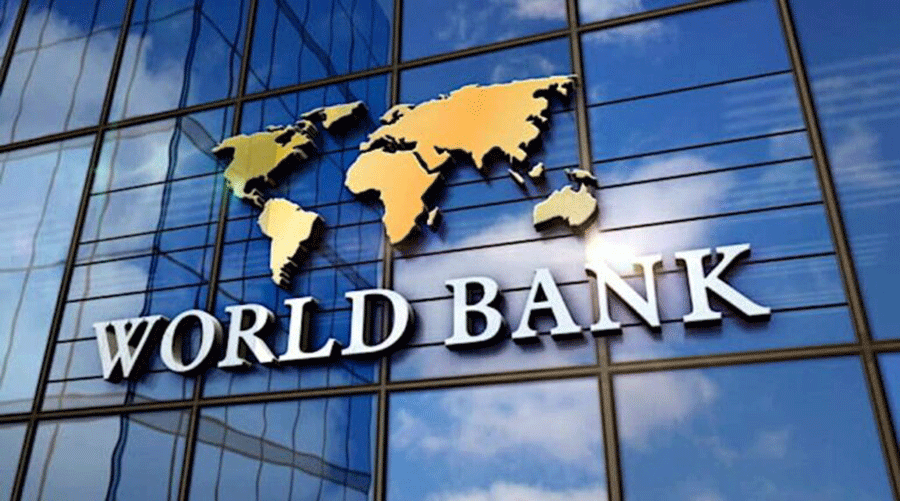- Growth in economic activity surged to 16.3 percent in February (yoy).
- Prices declined by 1.2 percent in March (yoy), driven by food prices.
- Exports of precious and semi-precious stones increased 9-fold in February 2024 (yoy).
- The AMD appreciated by 2.7 percent during March 2024.
- Despite a deficit in February, the cumulative fiscal balance remained in surplus.
Banking sector profitability increased in January-February 2024.
Growth in economic activity surged to 16.3 percent (yoy in real terms) in February 2024 from 10.7 percent (yoy) in January 2024 (Figure 1). This acceleration in growth was due to a hike in the growth of industrial output and trade.
Growth in manufacturing (the main sub-sector of industry) accelerated from 39 percent (yoy) in January to 54 percent in February driven by a 12.2-fold increase yoy in gold and jewelry production, while growth in mining resumed (5 percent, yoy) following a contraction in January. Construction growth bounced back to 11.7 percent in February after dipping slightly the previous month. Trade, the second largest growing sector, expanded by 28.3 percent (yoy), driven by wholesale trade (including exports). Services growth, excluding trade, increased to 6 percent (yoy), from 4.4 percent (yoy) the previous month.
Read also
Net money transfers dropped by 63.3 percent (yoy) in February but were almost 4 times higher than in the previous month. Money transfer inflows declined by 42.5 percent (yoy) driven by a 53.5 percent drop in inflows from Russia (Figure 2). Outflows also dropped by 24.2 percent (yoy), with a 5.9 percent dip in outflows to Russia. Notably, outflows to the USA grew by 139 percent (yoy).
Prices declined in March by 1.2 percent (yoy). This was driven by a 5.6 percent (yoy) drop in food prices. The Central Bank of Armenia (CBA) continued with the gradual easing of the monetary stance, reducing the policy rate by 25 basis points (to 8.5 percent) in its March 12 Board session (Figure 3).
Export growth continued to soar due to robust exports of gold and jewelry. Exports of goods soared to 191.3 percent (yoy) in February 2024 driven by a 9-fold increase in exports of precious and semi-precious stones, mostly due to exports of gold, jewelry, and parts containing precious stones. The share of export of precious and semi-precious stones in total exports rose from 25 percent in February 2023 to 75 percent in February 2024. This extraordinary growth could be the result of several factors, including increases in production of jewelry as well as re-exports due to geopolitical factors.
Exports of minerals (including copper) and textile products also grew by 72 and 134 percent, respectively, and contributed 11 percentage points to total growth. The export of remaining commodity groups either contracted or marginally contributed to export growth. Of total exports in January-February, 46.6 percent were destined to the UAE, and these were mostly exports of precious and semi-precious stones. The share of export to Russia more than halved to 20 percent in January-February 2024 from 51 percent in the same period last year. On the other hand, Russia remained the main source of imports (58 percent share), which grew in February by 80 percent (yoy). This was mostly driven by growth in the import of precious and semi-precious stones. The net export of this commodity group in February was USD 400 million.
There was a significant appreciation of the AMD in March 2024 following a period of exchange rate stability since the beginning of the year (Figure 4). The dram appreciated by 2.7 percent vs. the USD during March. International reserves continued to fall and decreased from USD 3.6 billion at end-2023 to USD 3.3 billion in March, bringing the import cover to 2.6 months (Figure 5).
A budget deficit of AMD 64.9 billion was recorded in February 2024. The year-to-date balance amounted to a surplus of AMD 3.8 billion due to the budget’s over-performance in January. Tax revenues rose by 9.5 percent (yoy) in February, driven mostly by increases in VAT and income tax collection (both up by 13.5 percent yoy). Expenditures expanded by 34.7 percent (yoy) driven by an almost 5-fold increase in capital expenditures (with doubled defense spending) and a 47 percent increase in social spending to support refugees.
Financial sector indicators remained sound in February. Return on assets, an indicator of the banking system’s profitability, grew to 4.1 percent in February 2024 from 2.7 percent in December 2023. The capital adequacy ratio remained sound at 19.2 percent in February 2024. The ratio of non-performing loans also improved to 2.2 percent. Additionally, in February, deposits grew by 2.1 percent (mom), driven mostly by a 3 percent (mom) increase in foreign currency-denominated (FX) deposits. Credits grew by only 0.5 percent (mom). While dram-denominated credits increased slightly, they were compensated by a one percent decline in FX-denominated credits. This brought the credit dollarization ratio down to 35 percent in February 2024 up from 36 percent in the same period last year.
World bank group





















































